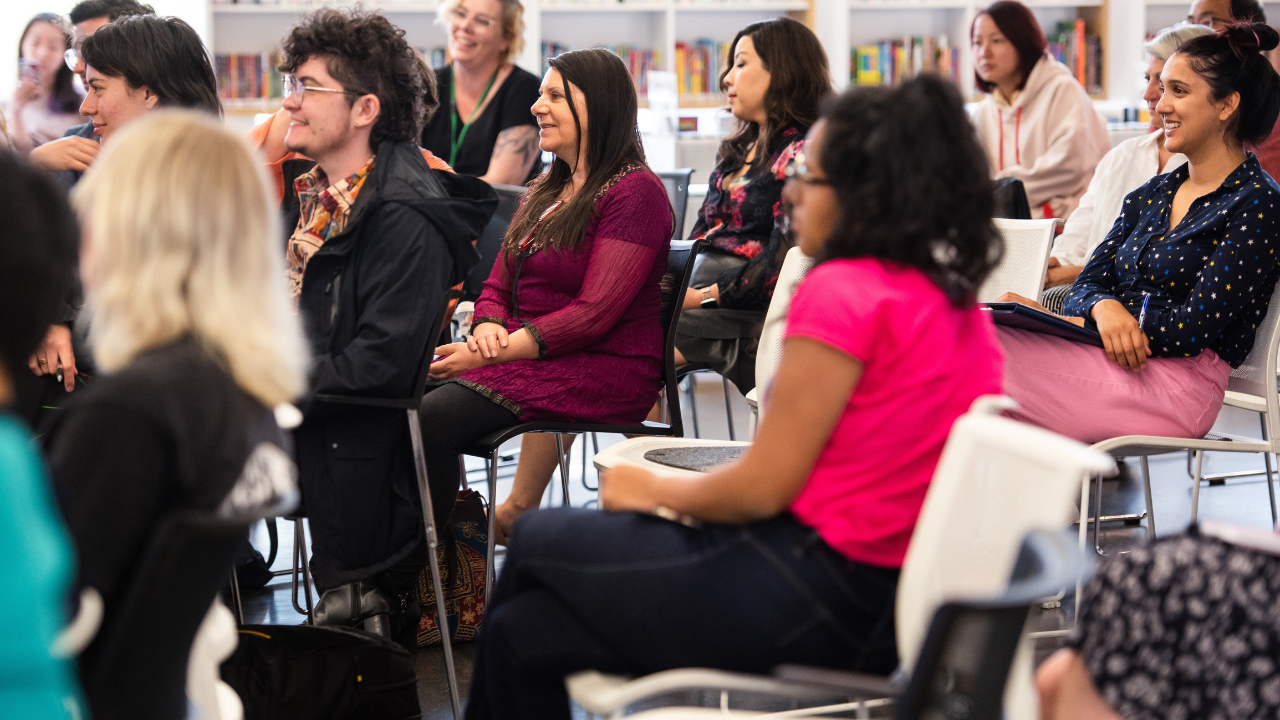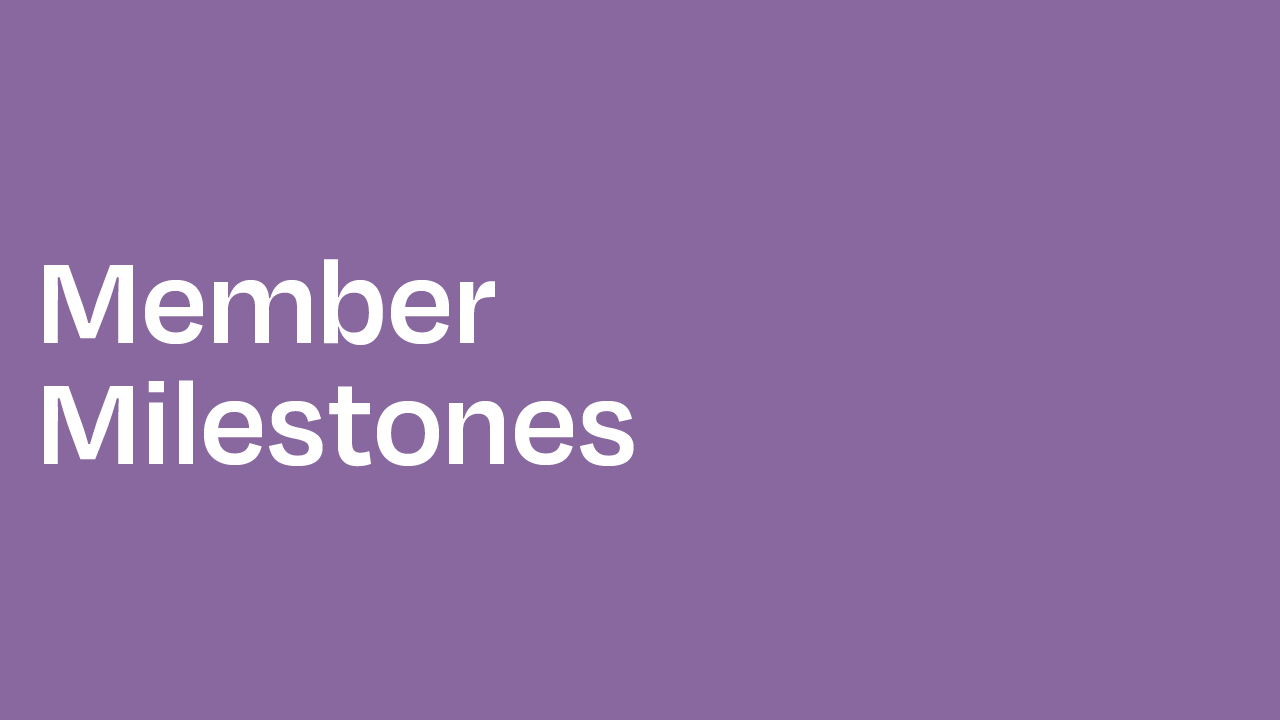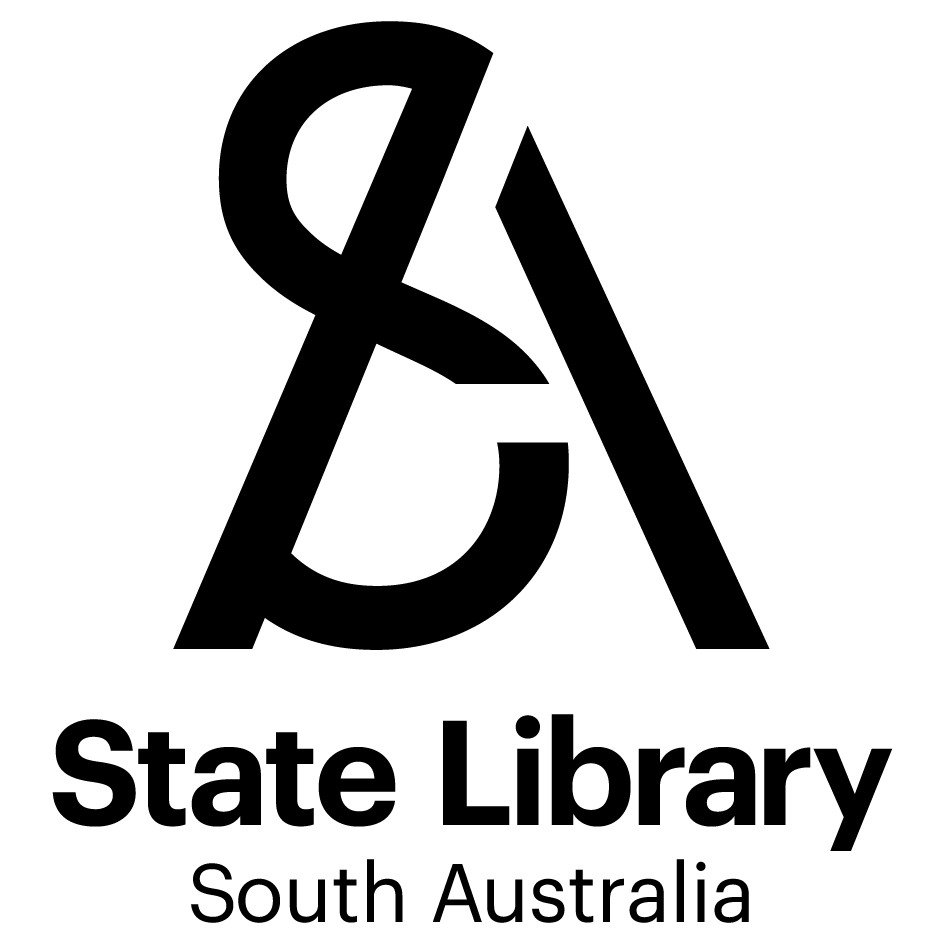Listen up wannabe Teen-Queen Writers and Perfect-Prose Princes! SAWC Teen Writers’ Bootcamp is just around the corner and I have been charged with the rocking task of whipping your writing-backside into trim, taut, and terrific shape.
So! I have one thing to say to you. No, actually…sing to you!
You’re the voice, try and understand it. Make a noise and make it clear…. Oh, oh o-oh, oh-oh, whoa oh, oh-o, oh-oh, oh-o-whoa-oh! We’re not going to sit in silence. We’re not going to live in fear! Oh, oh o-oh, oh-oh, whoa oh, oh-o, oh-oh, oh-o-whoa-oh!
Okay. Probably not song lyrics you’re readily familiar with. For the record, I did try and lift something mildly inspirational from the current Miley Cyrus sledge-hammer-licking chart topper, but sadly, I came up drier than burnt toast. The lyrics I refer to were famously sung by Aussie golden boy John Farnham during the 80’s. Back then, you were (for want of a better description) genetic soup warming in your parent’s acid-wash jeans. If you don’t know who Farnham is, please do as your generation does: Google. Better yet, Google: ‘Farnham’s mullet’ and be blown away by awesome hairstyles of yesteryear.
Back to the point: You’re the Voice, try and understand it…crooned Johnny Farnham from every radio station in the nation. The song went to No. 1 and stayed there, smashing all sorts of records and ensuring Farnham’s agent had access to a Gold American Express for his remaining years on earth. Farnham sold, like, a gazillion CD’s. (*A CD is this ancient shiny disk you slot into something equally ancient called a CD Player—your generational equivalent is an iPod or MP3—and it played music.) The words from You’re the Voice resonated with listeners. Sure, it was a catchy tune, but mostly the words meant something. They fired people up and got them motivated.
So! What did Farnham mean by: You’re the voice, try and understand it, I hear you ask? Essentially, I think he meant: You should find your own voice, be true to it, and let the haters suck it up.
Then there was the next line: Make a noise and make it clear. By that, I think he meant: Say what you want to say. No beating around the bush. Make sure everyone heard you and got the point.
When it comes to writing, many of us have trouble finding and being true to our voice. Many of us are too scared to say what we want to say in the manner we want to say it, for fear we might be negatively judged. Sometimes we think our words are stupid (comparable to those of others.) Some of us are even concerned that we might not use the right words. For all sorts of reasons, writers struggle with voice.
Finding a voice and writing consistently in the same voice throughout a story is no easy feat. In fact, it can be downright tricky. If you want people to believe your story and what you have to say, then you have to get the voice right—be it the voice of your narrator or the voices of your various protagonists—voice is paramount to making a story work. If your protagonist sounds like a lollypop-slurping six year old girl, when in fact he’s meant to be a rough and ready roadhouse truckie, there’s something wrong. Getting it right will make your work stand out.
Finding your voice starts with my workshop.
And I promise I won’t sing…much.
Allayne Webster is the published author of two teenage fiction novels, one illustrated children’s novel, and the recipient of two SA Arts Grants. She will be delivering a section of the upcoming Writing Bootcamp for Teenagers at the Centre.







